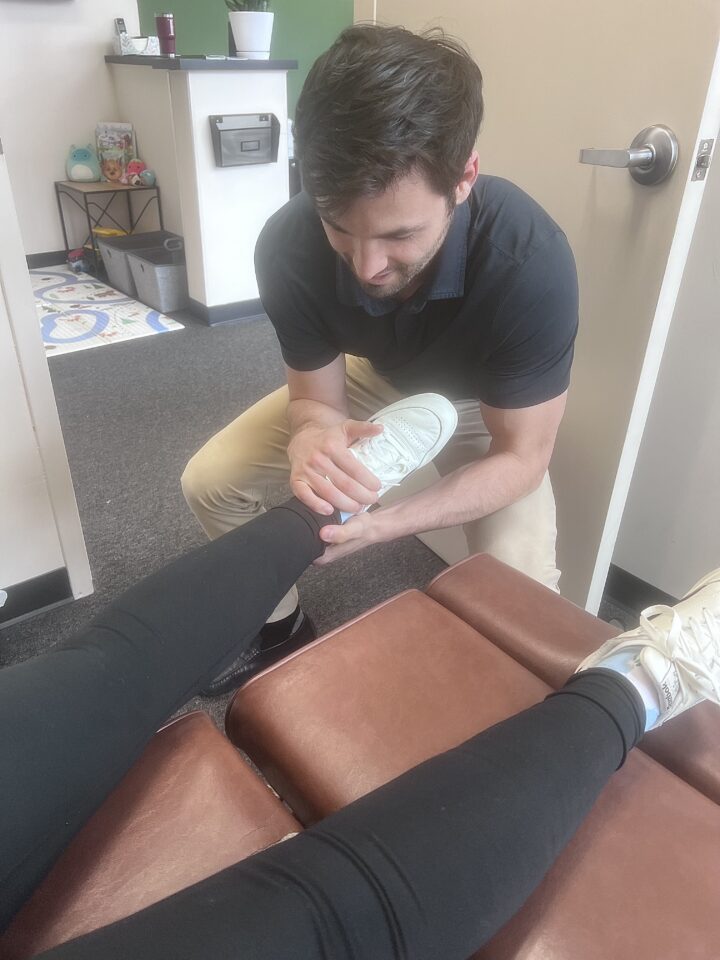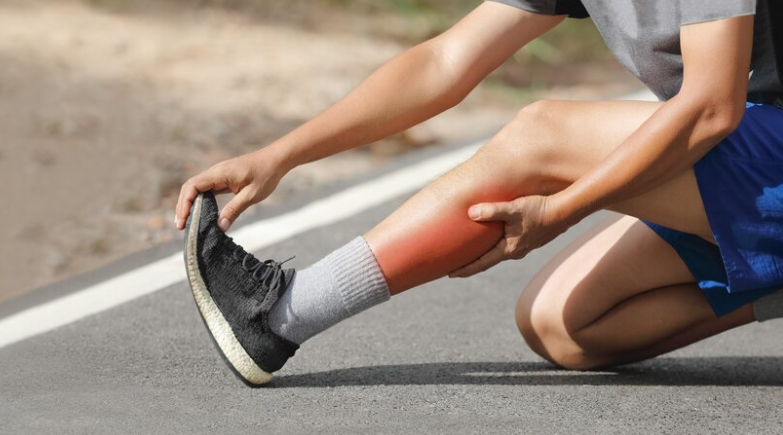Leg pain is a common issue and can be caused by a variety of factors. Whether it’s dull, sharp, or accompanied by other symptoms like swelling and tingling, leg pain can be both annoying and debilitating. While some leg pain might not need medical attention, there are some cases where professional opinion should be sought out to determine the cause or best course of treatment.
When To Worry About Leg Pain
If you have chronic leg pain that lasts more than three months or recurs frequently, you should see a doctor to rule out any serious medical conditions. Besides involving age-related diseases such as arthritis, diabetes, and lupus; your problem could be due to an injury such as overuse from exercise or sports activities. Or it could simply be from poor posture, sitting or standing for long periods of time.
If your leg pain is caused by an injury, the best thing to do is get rest and take it easy until the pain subsides. Use a cold or warm compress to reduce swelling and apply topical pain relief creams to help with soreness. If you need something stronger than over-the-counter medications, your doctor can provide prescriptions that may help you manage the discomfort.
Depending on the cause of your leg pain, there might also be physical therapy exercises available that can help strengthen muscles and increase range of motion. For example, if you have sciatica—or sharp shooting pains along lower back and legs—try gentle stretching like yoga poses.
If you don’t have an underlying medical condition causing your leg pain, regular exercise can help keep muscles strong and flexible while improving blood circulation in the legs. Swimming, biking and walking all are great ways to get active without putting too much strain on joints.
At the end of the day, if leg pain becomes persistent or interferes with daily activities like walking or sleeping, it’s important to seek out a doctor for advice and potential treatment options. With proper diagnosis and care, you should be able to find relief from leg pain soon enough!
Types of Leg Pain
Sprain/Injury
Whether it’s an ankle twist during a game of basketball or a twisted knee running up the stairs, these injuries are all too common – and often very painful! So what exactly is a leg sprain/injury?
Leg sprains/injuries occur when the ligaments in your lower body become overstretched or torn. These ligaments are responsible for connecting bones together and providing stability to joints, so when they’re injured, movement and flexibility can be affected significantly. Some of the most common places where sprains/injuries occur include ankles, knees, hips and shoulders.
The symptoms of a leg sprain/injury range from mild to severe. Mild sprains/injuries can cause pain, swelling and tenderness around the injury site, while more serious injuries may require immobilization with a splint or cast. In some cases, surgery might be necessary in order to repair damaged ligaments.
If you think you’ve suffered a leg sprain/injury, it’s important to seek medical attention right away. Your doctor will be able to diagnose the severity of your condition and provide treatment accordingly. Treatment typically involves resting the affected area, applying ice packs and wrapping the area with an elastic bandage for support and stability. You may also need to take medications such as nonsteroidal anti-inflammatory drugs (NSAIDs) to help reduce inflammation and pain. In more severe cases, physical therapy may be necessary in order to regain strength and mobility of the affected limb.
Leg sprains/injuries can be painful and inconvenient, but they don’t have to keep you on the sidelines. With proper diagnosis and treatment, you can get back to your active lifestyle in no time!
Tendonitis
Leg tendonitis is a painful condition that affects the tendons in your legs. It can cause inflammation and extreme discomfort, making it difficult to walk or even stand for extended periods of time. Symptoms may include redness and swelling around the affected area, aching pain, stiffness when moving the joint, and difficulty bending or stretching the leg.
Fortunately, there are steps you can take to manage leg tendonitis and reduce its symptoms. The first step is to rest your leg as much as possible and avoid activities that put strain on your affected tendons. If you’re experiencing severe pain, icing the area can also help alleviate some of the discomfort. Additionally, your doctor may recommend taking over-the-counter anti-inflammatory medications like ibuprofen to reduce swelling.
Physical therapy is also an effective treatment for leg tendonitis. This type of therapy usually involves exercises that target the affected area and help increase flexibility, strength, and range of motion. Making a few changes to your daily routine can also help speed up the healing process.
By following these tips and speaking with your doctor about other treatment options such as steroid injections or surgery, you can find relief from leg tendonitis and get back to doing the activities you enjoy in no time!
Fracture
Leg fractures are one of the most common injuries, and they can happen to anyone at any time. A leg fracture is a break in either the tibia (shinbone) or fibula (calf bone) that often requires medical treatment and sometimes surgery.
Symptoms of a leg fracture include pain, swelling, tenderness, bruising, difficulty walking or putting weight on the affected leg. Diagnosis is usually done with an x-ray to determine where the break is located and how severe it is.
Treatment depends on where your fracture is located and how severe it is. Minor fractures may be treated with immobilization using a splint or brace to keep the bones from moving while they heal.
In addition to immobilization and surgery, physical therapy is often used after a leg fracture as well. Physical therapists can work with you to help strengthen your muscle and regain any lost range of motion in your affected leg. Your physical therapist can also help you learn exercises that will keep your joint mobile and reduce pain as the bone heals.
Inflammation
Leg inflammation can be annoying and, at times, even painful. It is often caused by physical injury or trauma, but it can also result from infection or underlying medical conditions. Symptoms of leg inflammation include swelling, tenderness, warmth in the area, or redness. Depending on the cause, other symptoms may be present such as fever, fatigue, chills, or joint pain.
Treating leg inflammation usually involves identifying and addressing the underlying cause. For example, if it is caused by an injury or trauma then rest and ice can help reduce swelling and discomfort. Over-the-counter medications such as ibuprofen and acetaminophen can also provide relief from pain and swelling. If infection is the culprit, antibiotics may be prescribed to fight off bacterial infections. In cases where leg inflammation is caused by a medical condition like gout or arthritis then medications that target those conditions may be needed to treat the inflammation.
When it comes to prevention, patients should be sure to practice good hygiene and wear protective gear when engaging in activities that can lead to physical injury or trauma. It is also important for people with underlying medical conditions to follow their doctor’s advice on medications and lifestyle changes needed to reduce the risk of inflammation flare-ups.
Leg inflammation can be a source of discomfort and pain but don’t let it get you down. With the help of a leg pain chiropractor, you can identify what’s causing the issue and take steps towards treatment and prevention so that you can enjoy life without worry.
Bursitis
Leg bursitis is a condition caused by inflammation of the bursae around the knee, elbow, ankle, hip or shoulder. It’s an all-too common problem that can cause pain and discomfort in any of these areas.
The bursae are small sacs filled with a thick fluid and act as cushions between bones and soft tissues like tendons or muscles. When they become inflamed through overuse, injury, or infection, leg bursitis can occur. The most common symptom is pain at the affected area which worsens when pressure is applied to it. Other symptoms may include warmth and redness of the skin at the point of inflammation, decreased mobility in the joint, swelling, stiffness and tenderness when touched.
Treatment for leg bursitis depends on the underlying cause, but usually includes rest, ice and/or heat therapy, over-the-counter pain relievers like ibuprofen or aspirin, physical therapy to strengthen muscles around the joint and improve range of motion, and sometimes injections of corticosteroids to reduce inflammation. In more serious cases surgery may be required to remove excess fluid from the bursae.
If you think that you may have leg bursitis, it’s best to consult your doctor as soon as possible so they can diagnose the condition properly and provide an appropriate treatment plan. With rest, medication and physical therapy most people can get back to their normal activities with minimal discomfort.
What Causes Leg Pain?
Leg pain can be a debilitating condition that affects one’s quality of life. While there are many potential causes, understanding what may be causing the discomfort is key to finding relief.
Here are some of the most common leg pain causes:
- Arthritis: Arthritis is inflammation of the joints and can cause severe joint pain in the legs. Osteoarthritis, rheumatoid arthritis, and post-traumatic arthritis are all types of arthritis that can affect the lower body, with swelling and stiffness being two common symptoms.
- Injury or Trauma: Leg injuries such as strains and sprains can occur due to overuse or from an unexpected traumatic event. The result may be intense pain and swelling in the affected area.
- Varicose Veins: These are veins that become enlarged due to a weakening of the vein walls, causing uncomfortable swelling and cramping in the legs.
- Blood Clots: Deep vein thrombosis is a condition characterized by blood clot in leg pain which can lead to painful inflammation and redness in the affected region.
- Nerve Damage or Compression: Sciatica is a form of nerve damage caused by compression of the sciatic nerve, often resulting in severe pain that travels down one or both legs. Other forms of nerve pain in leg such as diabetic neuropathy can also cause tingling and burning sensations in your legs.
- Pregnancy: During pregnancy, the increasing weight of the baby can put strain on the legs, resulting in pregnancy leg pain and soreness. Additionally, hormone changes and fluid retention can cause aching or “heavy” sensations in the legs. Women may also experience leg pain during period.
Although lower back and leg pain can be a sign of more serious conditions, it is important to remember that there are many possible causes and treatments available. If your leg pain persists or worsens, it is best to seek medical attention from a qualified professional.

Treatment
Are you struggling with leg pain? Don’t let it slow you down! Here are some popular ways to treat and manage your painful legs:
- Get Moving: Believe it or not, exercise can help reduce the pain associated with leg issues. Low-impact exercises such as walking or swimming can help keep your muscles loose and free of tension while also improving circulation in the area.
- Cold Therapy: Applying cold packs to the affected area can help reduce swelling and inflammation as well as numb any pain that may be present. Ice packs should be placed on the area for about 15 minutes at a time, several times a day until the pain subsides.
- Massage Therapy: Massages have been used for centuries to soothe aching muscles and joints. Massage therapy can help relax tight muscles, improve circulation, reduce inflammation, and ease pain. Professional masseuses are trained in techniques specific to leg pain relief.
- Pain Relievers: Over-the-counter medications such as ibuprofen or acetaminophen can help relieve the discomfort associated with leg pain. Remember to follow your doctor’s instructions when taking any medication, including dose and duration of use.
- Heating Pads: Applying a heating pad to the affected area can help relax tense muscles and increase blood flow. Heat therapy should be used in short intervals (15 minutes at a time) several times a day until the desired amount of pain relief is achieved.
No matter what type of leg pain you are experiencing, there is an option to treat it. Talk to your doctor about the best treatment plan for you and don’t let leg pain slow you down!
Corrective Exercises
Are you looking for ways to relieve that pain without resorting to medications? If so, it might be time to consider corrective exercises as a way to help alleviate leg pain. Here are some great corrective exercises that could potentially provide relief:
- Glute Bridges – This exercise is designed to target the glutes, which can help alleviate stress on the lower back and sacral area. To perform this move, lie flat on your back with your feet planted firmly on the ground. Then push through your heels to lift your hips off the floor and hold for two seconds before lowering again. Repeat this 10-15 times for maximum benefits.
- Calf Raises – This exercise helps strengthen the calf muscles, which can reduce pain and improve posture. To perform it, stand with your feet shoulder-width apart and slowly raise your heels off the ground while keeping your toes planted. Hold for two seconds before lowering back down again. Repeat 10-15 times to help increase flexibility in your calves.
- Quadriceps Stretch – This exercise is designed specifically to target the quadriceps, which are responsible for supporting much of our leg weight when we walk or run. To do it, stand with one foot forward and lean against a wall or a chair for support if needed. While keeping one knee straight, bend the other knee until you feel a slight pull in the back of the quadriceps and hold for 30 seconds. Repeat on the other side.
- Hamstring Curls – This exercise is great for strengthening your hamstrings, which helps protect the knees from stress while standing or walking. To do it, lie flat on your back with a small weight like a can of beans in each hand (you can also use no weights if you prefer). Then slowly lift one leg up while keeping your hips stationary before lowering it back down again. Repeat 10-15 times before swapping legs. These are just some of the corrective exercises that can help alleviate lower leg pain. Be sure to consult with a medical professional before beginning any exercise program to make sure it’s right for you!
Experience A Leg Pain-Free Life With Collective Chiropractic!
Our experienced leg pain chiropractor can help you get rid of your leg and back pain for good. With our specialized treatments, you can enjoy relief from discomfort, improved mobility, and improved quality of life. We provide treatment and techniques on how to get rid of leg pain immediately.




